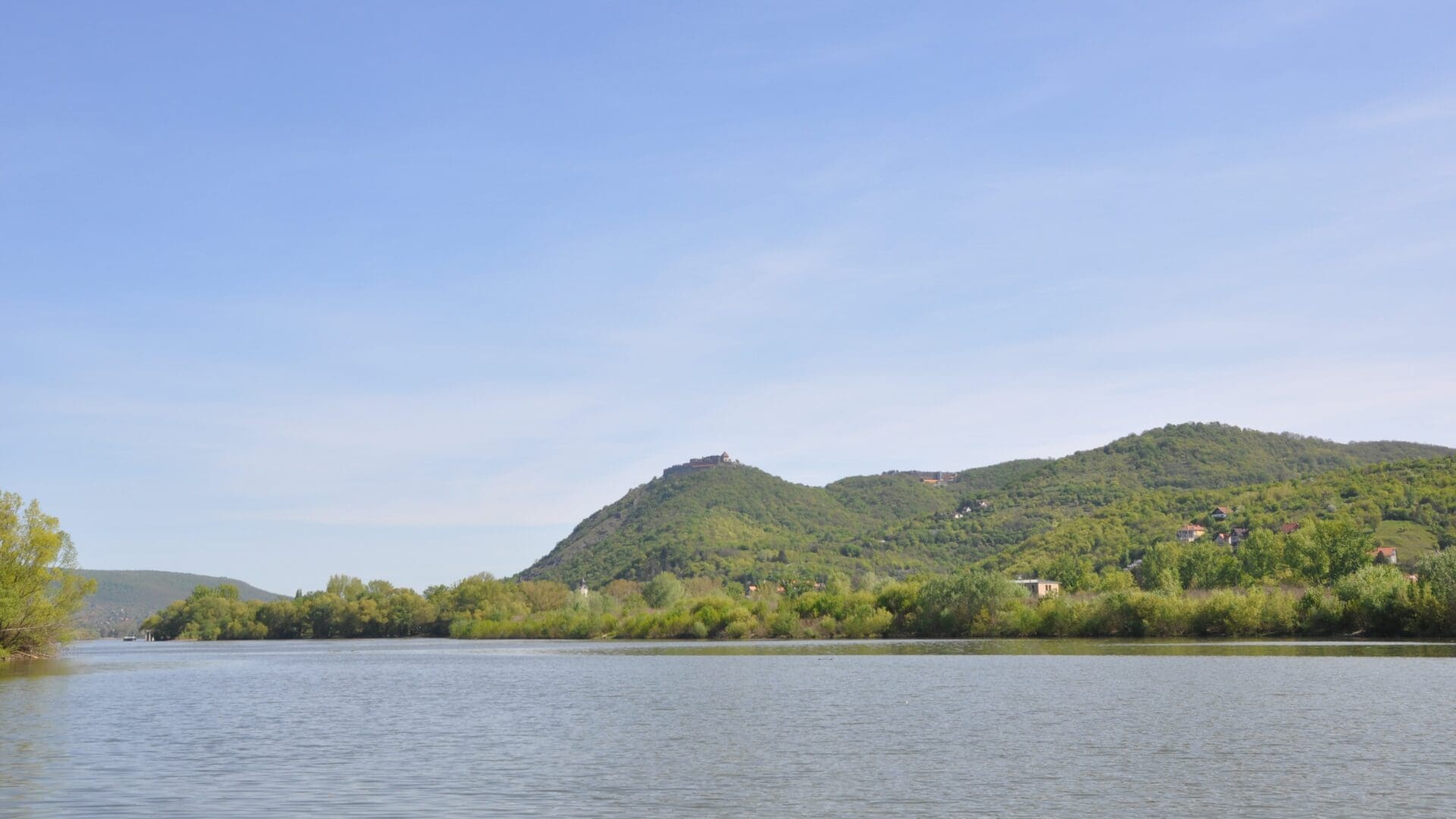All over the world there is growing awareness about the importance of the natural treasures that surround us. Hungary is no exception, especially as it is a country rich in breath-taking landscapes and captivating hiking trails. The international community marks many days each year that serve as a reminder of the need to preserve nature. One such day is 22 March, dedicated to the celebration of fresh water. The day highlights the importance of sustainability, proper water management and freshwater resources. 21 March marked the International Day of Forests when societies are encouraged to safeguard and respect forests and trees, for the sake of current and future generations.
Hungarian Conservative has already featured articles about several of Hungary’s national parks. This time we celebrate the value of nature, water and forests in Hungary by showcasing one of the most diverse national parks of Hungary—the Duna–Ipoly National Park.
The 603-square kilometre-large national park was established in 1997 by merging two existing national reserves, the Pilis and the Börzsöny protected areas as well as the floodplain of the River Ipoly into one administrative area. While the Duna–Ipoly National Park encompasses some areas of Budapest as well, the headquarters of the park is located in the Western Hungarian city of Esztergom.
Duna – Ipoly National Park – Hungary
Discover the natural beauty of Hungary with a visit to the stunning Duna-Ipoly National Park. This protected area is home to diverse wildlife, breathtaking landscapes, and abundant opportunities for outdoor adventure. From hiking and birdwatching to simply admiring the scenery, there’s something for everyone in this magnificent park.
The highest mountain in the park is the Csóványos in the Börzsöny Mountains. Csóványos has an altitude of 938 meters, which makes it the 20th highest peak in Hungary. The mountain is rich in blue beech and Austrian oak trees, with well over 300 springs supplying the freshwater of the mountain.
The other mountain range that belongs to the national park consists of the Pilis and Visegrád Mountains, located on the south bank of the Danube River. The Rám Gorge (Rám-szakadék) is probably one of the best-known attractions of this mountain range, especially among the more experienced and adventure-loving hikers. Following the trail of the gorge, tourist can climb—often slippery—rock walls and pass by a series of waterfalls, overcoming a 112-metre difference in altitude between the start and end points of the path.
The most famous tourist destination of the National Park is the Danube Bend, a spectacular curve of the Danube near Visegrád. As the Castle of Visegrád is one of the most popular sights of Hungary outside Budapest, and the town is accessible by boat from the capital city, the beautiful scenery of the Danube Bend area is internationally well-known. As the Bend is surrounded by picturesque hills and thick forests, and there are pretty old churches, castle ruins and historic towns to visit, it is highly recommended for both those who love nature and those who prefer sightseeing. The best point to capture the full beauty of the landscape is from the 699-metre-high Dobogókő peak that offers a gorgeous panoramic view of the Danube Bend.
Duna-Ipoly Nemzeti Park
Uploaded by Magyar Nemzeti Parkok on 2014-07-16.








